Glaswegian novelist Graham Lironi’s third book, Oh Marina Girl, was a mystery written in secretive snatches.
The noir thriller, which follows a newspaperman narrator after he receives a threatening letter, was – somewhat aptly – drafted under the table at Graham’s desk when he was working as a journalist.
“Quite a few years ago, I was the editor of a business magazine,” reveals PR manager Graham, 59, as he chats from his home from home – Soller, Majorca.
“I had time on my hands, so I could secretly do some writing at my desk.”
Inspired by his own publication’s use of pseudonyms to vary the bylines – “there were only three of us, and we had a whole mag to fill” – Graham began playing around with names which were sly anagrams of the phrase “I Am Not He”.
From there, a host of characters – including Niamh Toe and Noah Time – were born.
“Those anagrams kind of helped form the plotline of Oh Marina Girl to a degree, so one side of the inspiration was all kind of experimental in that way” admits Graham.
The final flourish, spotted by keen-eyed readers, is that the novel’s title – Oh Marina Girl – is itself an anagram of Graham Lironi.
But behind the wordy wizardry, there is a human story and a message close to Graham’s heart.
10-year-old’s suicide note inspired novel
“Another key inspiration, I remember, was going to an art gallery in Glasgow, the CCA,” he recalls.
“I walked in and saw these two girls had made an exhibition around suicide notes.
“I remember seeing one written by a 10-year-old boy who decided to commit suicide because he’d lost his mum. And it just really hit me, quite powerfully.
“So there’s a bit of an underlying critique of religion and the dangers of faith, I guess, in Oh Marina Girl.”
Those dangers are embodied by Graham’s fictional extremist group The Amino (another ‘I Am Not He’ anagram), which appear in his latest novel, Fake Flowers, as well as in OMG (a purposeful acronym, perhaps?).
“I’m basically looking at terrorism and extreme religious faith,” says Graham. “I think we’re living in quite a bizarre age where that’s really prominent.”
‘The media can really influence your opinion’
Another societal issue which fascinates Graham is what he calls “media manipulation” – a theme which features heavily in Oh Marina Girl due to the narrator’s occupation.
“I always say that perception is reality,” he observes. “There’s a great line I always think of, from an Elvis Costello song, called New Lace Sleeves – ‘you never see the lies and you believe’. That’s always stuck with me.
“I think the media can really influence your opinion. And I do think journalists are fighting for the eyes and ears of readers among conspiracy theorists.”
Dubbed the “bad boy of Scottish fiction” by an early review, Graham is aware that his books may not appeal to all tastes, with dark plots, controversial messaging and unreliable narrators all staples of his writing.
“I think literature’s one of the few things you can still be a bad boy in, in your 50s,” Graham says wryly. “So I’m clutching to that!
Novel was ‘put in a drawer’ for 15 years
Counting Scottish novelist Alasdair Gray and noir “master” Raymond Chandler among his literary heroes, Graham believes in the “eureka” moment which kickstarts the writing of a novel – but says it needs to be followed up by consistent hard graft.
“An hour or two of writing, every weekday, in the evening” is his formula for finishing a book, with his top tip being to leave a little bit unedited to kick of the next day’s session – “even if you’re in a flow”.
It’s clear – and refreshing – to see that Graham is an author who writes what he would want to read, not what he thinks will sell.
“I’ve been called a ‘cult’ author by quite a few reviewers and I think that’s just down to the fact that I’m not a bestseller!” he laughs.
Though he admits he is envious of bestselling Tartan Noir writers who can write at a pace of one book or more per year.
“It’ll take me a good 18 months or two years to write a book, even though the books are short,” he says candidly.
“With Oh Marina Girl, I wrote that first draft 15 years before it got published. My publisher at the time rejected it.
“But it definitely benefitted from being put in a drawer!”
Oh Marina Girl by Graham Lironi, published by Contraband, is currently being published in a serialised form in The Courier newspaper. It can be purchased in print or ebook format from the publisher’s website or major retailers.
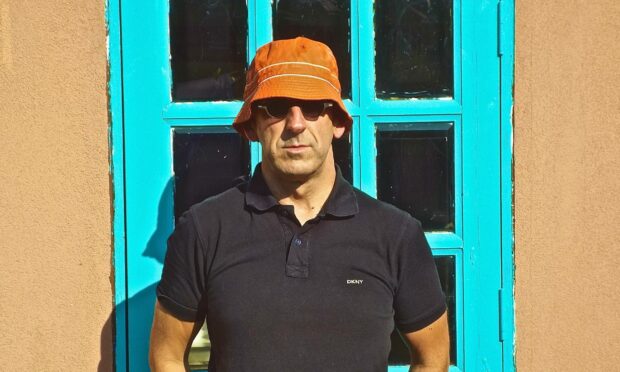
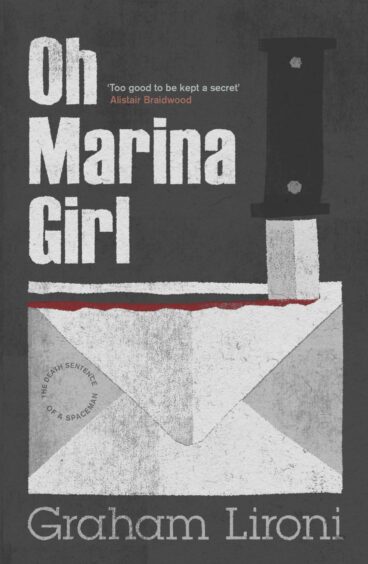
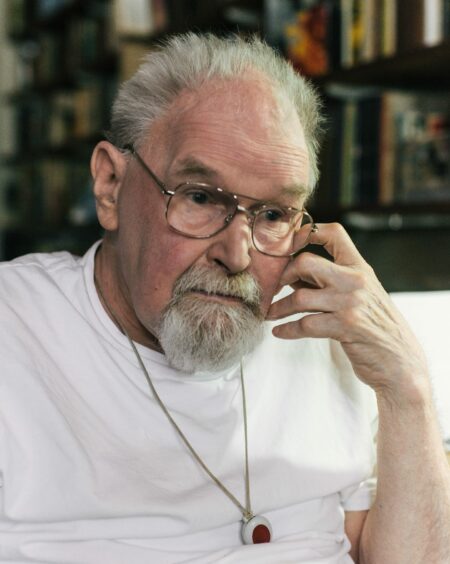







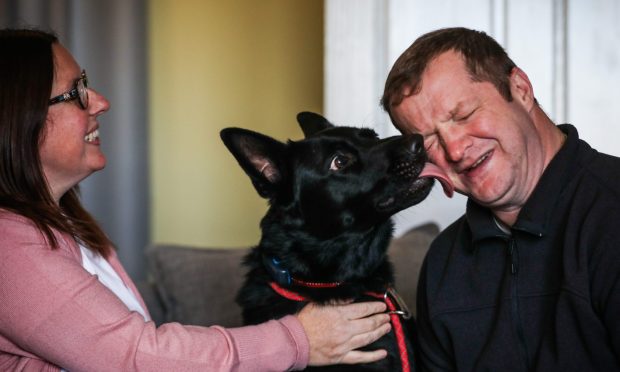

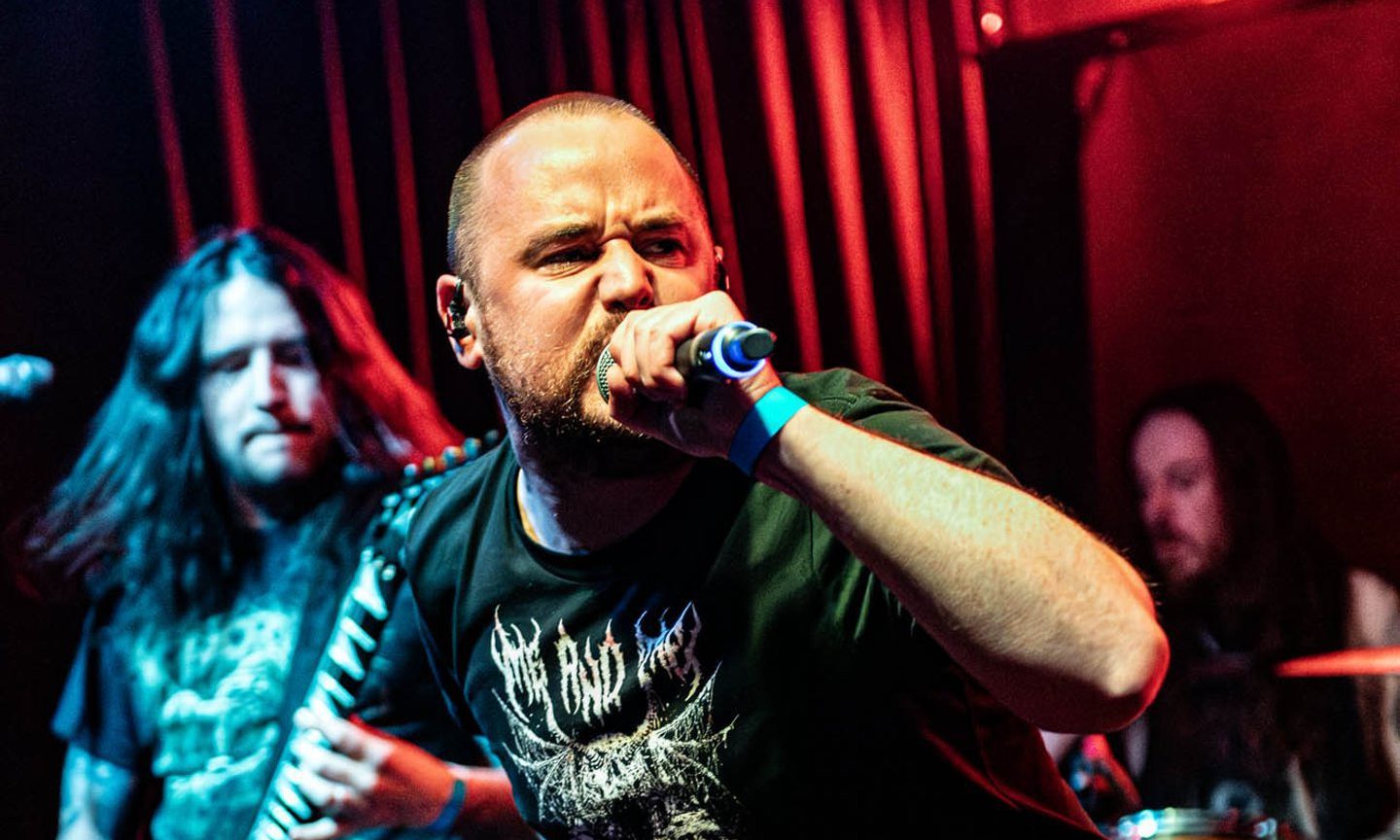
Conversation